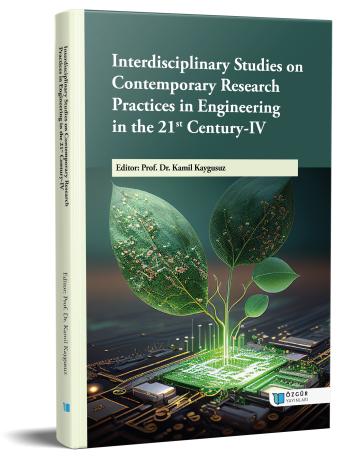
Exploring Innovative Approaches for Tissue Engineering and Regenerative Medicine
Şu kitabın bölümü:
Kaygusuz,
K.
(ed.)
2023.
21. Yüzyılda Mühendislikte Çağdaş Araştırma Uygulamaları Üzerine Disiplinler Arası Çalışmalar IV.
Özet
Regenerative therapies represent a promising avenue for addressing the limitations inherent in conventional two-dimensional (2D) methods. While substantial strides have been made in the development of diverse biomaterials, including autografts, allografts metallic implants, and ceramics, the realization of the desired clinical outcomes remains an ongoing exploration. Among these biomaterials, natural and synthetic polymeric scaffolds, particularly bioactive hydrogels, emerge as highly promising candidates for advancing tissue engineering. This chapter aims to provide an insightful exploration of the advantages and disadvantages associated with state-of-the-art bioactive hydrogels, elucidating their intricate designs when integrated with other components to facilitate bone self-healing. Furthermore, the chapter will delve into the applications of these coveted hydrogels, shedding light on the intricacies of their fabrication techniques. It is posited that a deeper comprehension of the intricate interplay between hydrogels and the specific homing mechanisms of cells holds the potential to serve as a guiding paradigm for the development of novel therapeutic modalities that champion the cause of tissue engineering.

